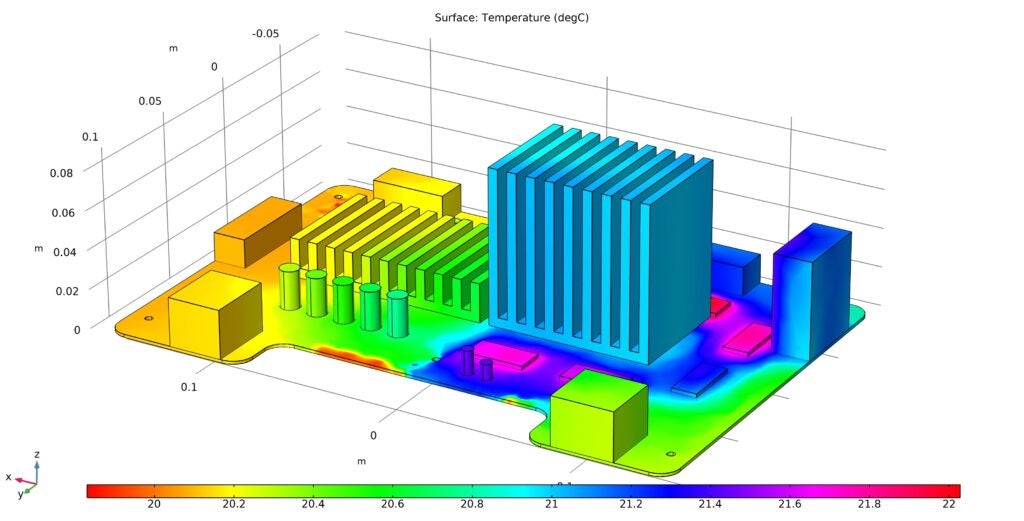
Your CAD library is a critical piece of your design workflow and methodology. Like any other piece of the process your library methodology and infrastructure should adjust to your design needs. What works for small teams or individuals is often inefficient and non-scalable as your team grows. As your team and design needs evolve, it’s important to evolve your processes as well. Based on years of customer support and CAD library implementation, below are 5 signs that indicate it is time to take your CAD library to the next level to better support your design needs.
- Your team is growing
A growing team is a good thing. It means your products are doing well and the company and your customers want more. A growing team does mean that existing processes should be evaluated- what were manageable process for just a few team members should be reviewed to see if they can scale to support a larger group.
The library is a great example of this, as it can be a shared resource across designs and designers. Upgrading your library infrastructure to support multiple users efficiently will provide your growing team with the scalable solution they need. - You are duplicating efforts across engineering
As your team grows, what worked or was efficient before may not be efficient anymore. A common example is local versus centralized library infrastructures. It is typical for small teams to manage their CAD libraries locally (often on their individual machines). While this practice works when there are a few users all working on very different projects, it doesn’t scale as you have more people engaged in the design process.
With a managed centralized library, you are able to avoid duplication as everyone has access to and contributes to the same dataset. This eliminates the creation of duplicate components, symbols, and footprints and dramatically increases efficiency as your team scales. - Errors are creeping into the process
As the number of designs being done moves up and the number of people working on them increases, it is easy for errors and issues to start creeping into the process. This can be especially true within the library environment, as you have gone from potentially one person managing and using the CAD libraries to dozens or more. Common issues include different versions of the same parts in designs, unapproved parts being used in designs, and even obsolete or unavailable parts being spec’d into the design.
A managed library will help you enact a consistent repeatable process to part discovery, creation, and access which will prevent these types of issues creeping into designs. - Adjusting to component changes is hard
Is it getting harder to adjust to component changes or update designs based on ECOs? As you have more designs in flight and in production, making changes quickly and effectively can be a challenge. Especially if there isn’t an easy way to locate all the design affected by component changes.
A managed PCB CAD library can help you automate this with functionality like where used to quickly identify where changes need to occur across your designs. - You are overloaded with work and need to find more design time
To fully leverage the design expertise of the team, it is important to look for ways to automate tasks, especially repetitive ones. For example, if you have one designer creating libraries and managing them locally it may take them 4 hours a week to do so. If you keep that same process across 20 designers, your time used is 20x more (or 80 engineering hours a week). A managed library provides you with efficiencies to keep that total cost in time down, so you can maximize productivity across your entire team.
Managed libraries also make your data inherently more discoverable through indexing and advanced search features. This enables engineers to find the part they need more efficiently as well as evaluate them for supply chain compliance and cost as well as functionality upfront.
Automated Library Management Solutions for PCB Design
While creating and maintaining a CAD library can seem like an overwhelming task and project needed to support your design efforts, much of the infrastructure and capabilities to implement a managed library are already available in the CAD tools you use today. Solutions like OrCAD CIP allow you to unlock these capabilities for your users through an easy-to-use web interface, enabling your team to derive all the benefits from a managed library environment while reducing the costs to set up and maintain them.











